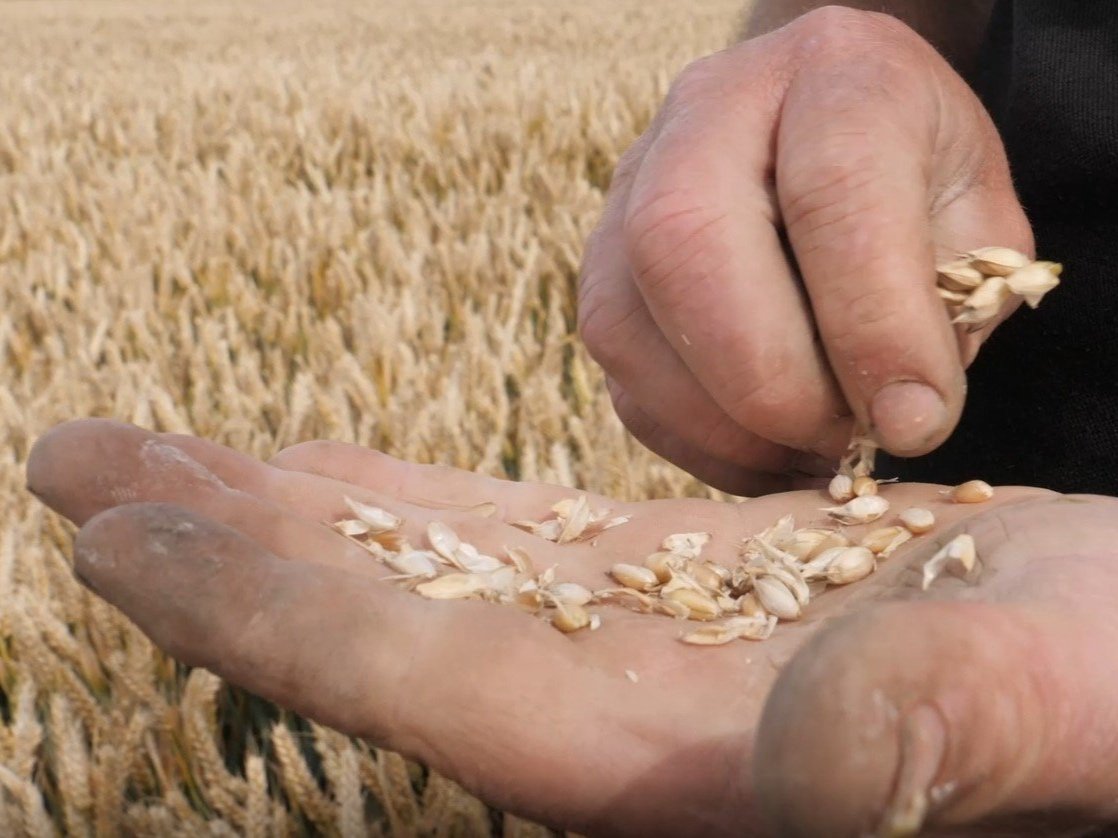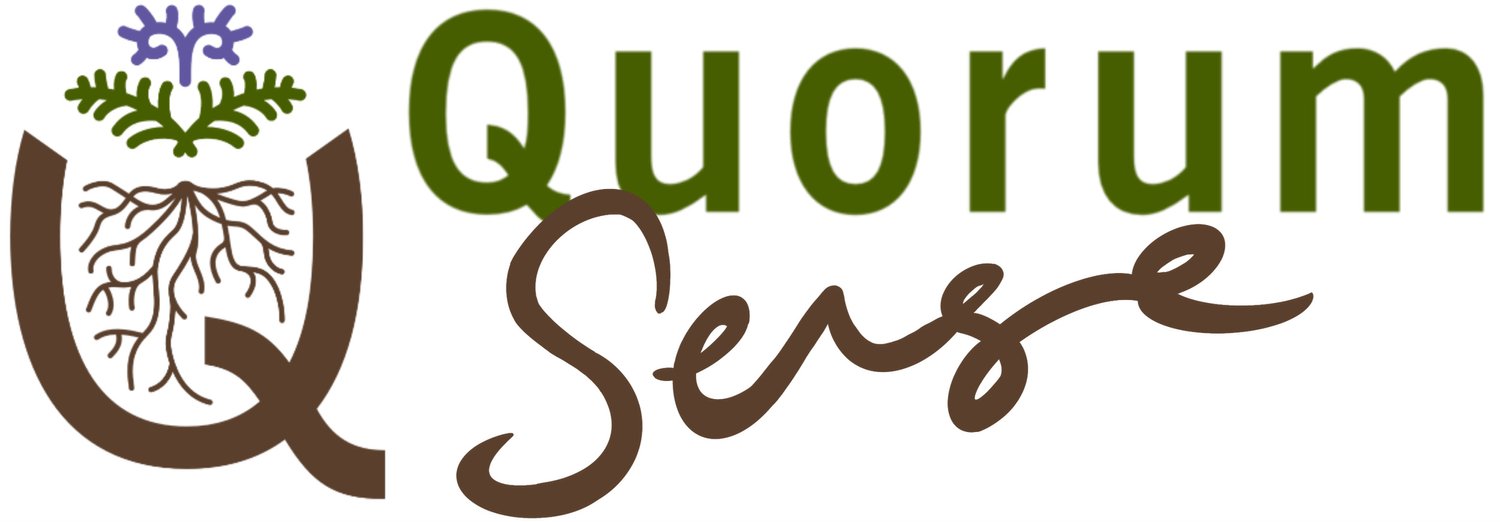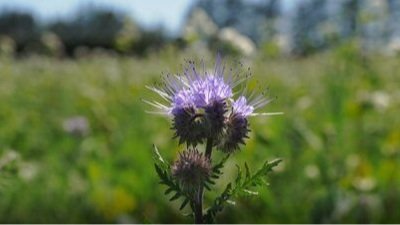Quorum Sense case studies

“Video case studies, along with accompanying write-ups and data, on select New Zealand farmers and growers applying biological and regenerative practices.”
Below you’ll find links to individual pages for each case study, plus a number of ‘collections’ that list pull together related case studies telling a single story.
Click on any of the thumbnails to access the content, data and videos.
These case studies are supported by MPI’s Productive & Sustainable Land Use - Extension Services fund.
Disclaimer: The information, opinions and ideas presented in this content is for information purposes only and does not constitute professional advice. Any reliance on the content provided is done at your own risk. (click here to view full disclaimer).
Case study collections
Exploring examples of how NZ farmers and growers are rebuilding the connection between the food they produce and the local communities that consume it.
Insights from four experienced livestock farmers who’ve developed their own unique regenerative approaches to regenerative livestock production.
Exploring regenerative innovation on two vineyards whose approaches to soils, plants, people and ecosystems are relevant to more than just viticulturalists.
Diving into how Canterbury arable farmers David Birkett and Nigel Greenwood have increased farm system health, resilience and profitability.
Kiwi farmers have been leading the development of nature-based solutions to winter grazing challenges. Learn why, how and what they’re doing!
All case studies
Catch the Rain: James Pearse and Brittany Talbot farm a 160ha property co-owned with James’ parents in Totara Valley, near Pleasant Point, New Zealand.
Waikato's Tomtit Farm is supplying nutrient-dense produce direct to the local community, and connecting them directly to the land and people that produced it.
Dean Martin’s adaptive grazing management is growing soil organic matter, deeper rooting plants and supporting a sheep-based system built around thriving soil.
With its emphasis on community and sustainable ecosystems, Mangaroa Farms is integrating its beef, lamb and vegetable production with both nature and consumers.
The diverse but brittle Central Otago landscape farmed by the Rutherfords has been transformed through soil health, regenerative management and holistic decision-making.
The Bielski’s have tried, tested and evolved a high performance sheep grazing, cropping and pasture management system that's resilient, low input and profitable.
Five years in, Miah and Jenny Smith reflect on their regenerative dairying journey and the dramatic improvements in animal health, margins and their own quality of life.
Two very different vineyards, one in Marlborough another in Canterbury’s Waipara hills, offer different perspectives on what it means to operate regeneratively.
Improving the relationship between soil and plant health is fundamental to helping cycle nutrients and increasing nutrient availability to the vines.
In viticulture systems, cover crops can help reduce compaction, cut fertiliser use, improve water infiltration and lower pest and disease pressure.
Improving the relationship between soil and plant health is fundamental to helping cycle nutrients and increasing nutrient availability to the vines.
Innovative approaches being taken to explore alternative under-vine management that helps increase soil health and support healthy vines, yield and quality.
There are alternative ways to manage vineyard disease and insect pests that are less costly and don’t negatively impact beneficial microbial and insect life.
Improving livestock integration into cropping systems can bring a wide range of benefits and displace the need for increasingly expensive inputs.
Introducing two Canterbury arable farmers who are increasing the health, resilience and profitability of their farm systems, with a focus on building soil health.
Farm data comparison of the crop management inputs and associated gross margins of biological or regenerative farming systems for three common arable crops.
Retaining crop residues and integrating cover crops are key practices that both protect the soil surface and keep living roots in the ground year-round.
Exploring different practices for building soil health and broader ecosystem health, which underpin the success of biological and regenerative arable systems.
Exploring different practices for building soil health and broader ecosystem health, which underpin the success of biological and regenerative arable systems.
Exploring different practices for building soil health and broader ecosystem health, which underpin the success of biological and regenerative arable systems.
Exploring different practices for building soil health and broader ecosystem health, which underpin the success of biological and regenerative arable systems.
Bale Grazing is a wintering system where hay bales are spaced across the paddock, with stock grazing breaks of hay and pasture throughout the winter.
Bale Grazing is a wintering system where hay bales are spaced across the paddock, with stock grazing breaks of hay and pasture throughout the winter.
Bale Grazing is a wintering system where hay bales are spaced across the paddock, with stock grazing breaks of hay and pasture throughout the winter.
Comparison of kale vs multi-species winter cropping generated by Dylan Ditchfield using a mix of actual and estimated costs for the 2020/21 season.
Mark Anderson's South Otago dairy farm has adopted a bale grazing wintering system that’s shown dramatic improvements for soil health and animal welfare.
Josh Bradfield farms on the rolling hills on the north of the Clutha River, adding diversity to his pasture, decreasing inputs and reducing tillage.
South Otago dairy farmers Mark and Madeline Anderson are on a pathway to lower inputs and improved soil health using regenerative principles.
In this second episode, Hamish Bielski gives an insight to how his grazing management and recovery works and the advantages he has observed.
South Otago sheep and beef farmers Amy and Hamish Bielski have spent four years using regenerative principles, focusing on adaptive, high density grazing management.



































